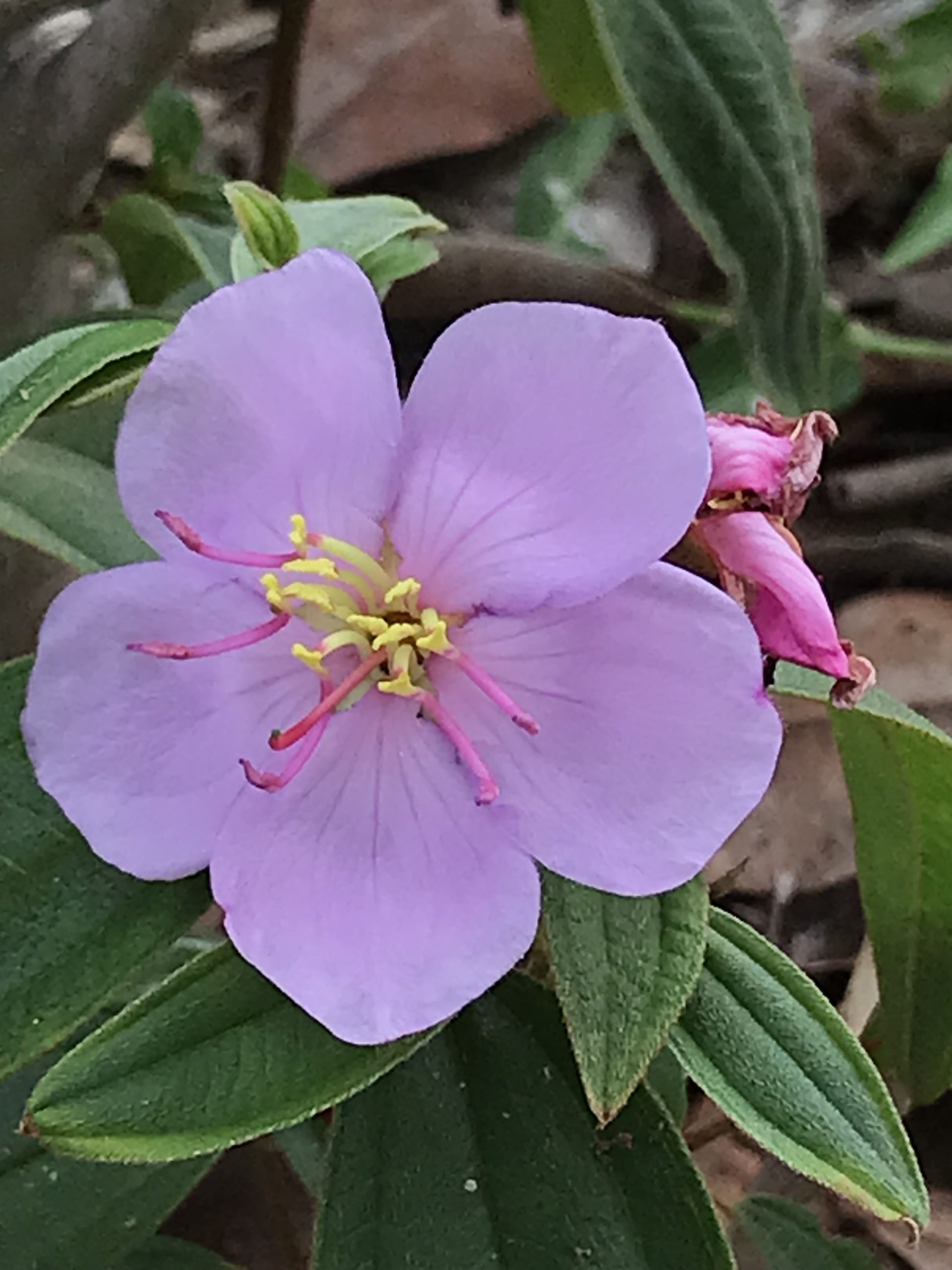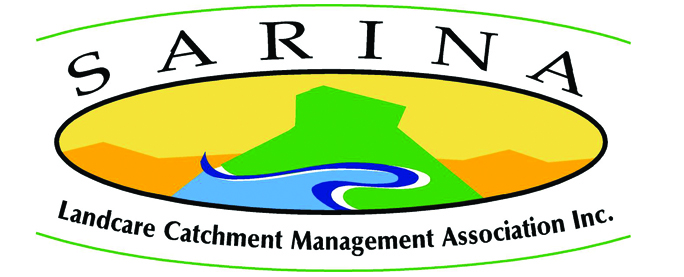Blue tongue, lasiandra
Melastoma malabathricum subsp. malabathricum, Fam. Melastomataceae

Low shrub to about 2m. Melastoma from the Greek 'melanos' black and 'stoma' mouth, referring to the blue black stain that occurs on the lips and mouth when the fruit is eaten, also the source of the common name, blue tongue. Previously Melastoma affine.
| Weed Category: | |
| Weed: | No |
| Form or habit: | Shrub |
| Family: | Melastomataceae |
| Leaf: | Simple, opposite, ovate, 6-11 x 2-4cm, covered in stiff hairs, dark green above and usually paler below. Three main longitudinal veins and two other finer intramarginal veins. |
| Flower conspicuous: | Conspicuous |
| Flower colour: |
Mauve |
| Flower description: | Terminal cymes of mauve flowers. April to January. |
| Fruit conspicuous: | Conspicuous |
| Fruit colour: |
Black, Blue |
| Fruit: | |
| Fruit description: | Blue black, globose, semi-succulent becoming dry, edible fruit. December to June. |
| Habitat: | Gallery (riverine or riparian) forest, wetland. |
| Distribution | Queensland, New South Wales, Northern Territory, Western Australia, New Guinea, Melanesia, Malesia, Asia, Pacific Islands. |
| Food source for: | Fruit eaten by the Australian brush turkey, double eyed fig parrot and Lewin's honeyeater. Larval food plant of the coral jewel butterfly and of the hawk moth Gnathothlibus erotus subsp. eras. |
| Toxicity: | No toxicity known |
| Origin: | Australia, New Guinea, Melanesia, Malesia, Asia, Pacific Islands. |
| Notes: | The fruit are edible and stain the mouth blue black. The Aborigines ate the ripe fruit and the roots raw. Easily grown from seed or cuttings. |
| Information sources: | Melzer R. & Plumb J. (2007) Plants of Capricornia. |



